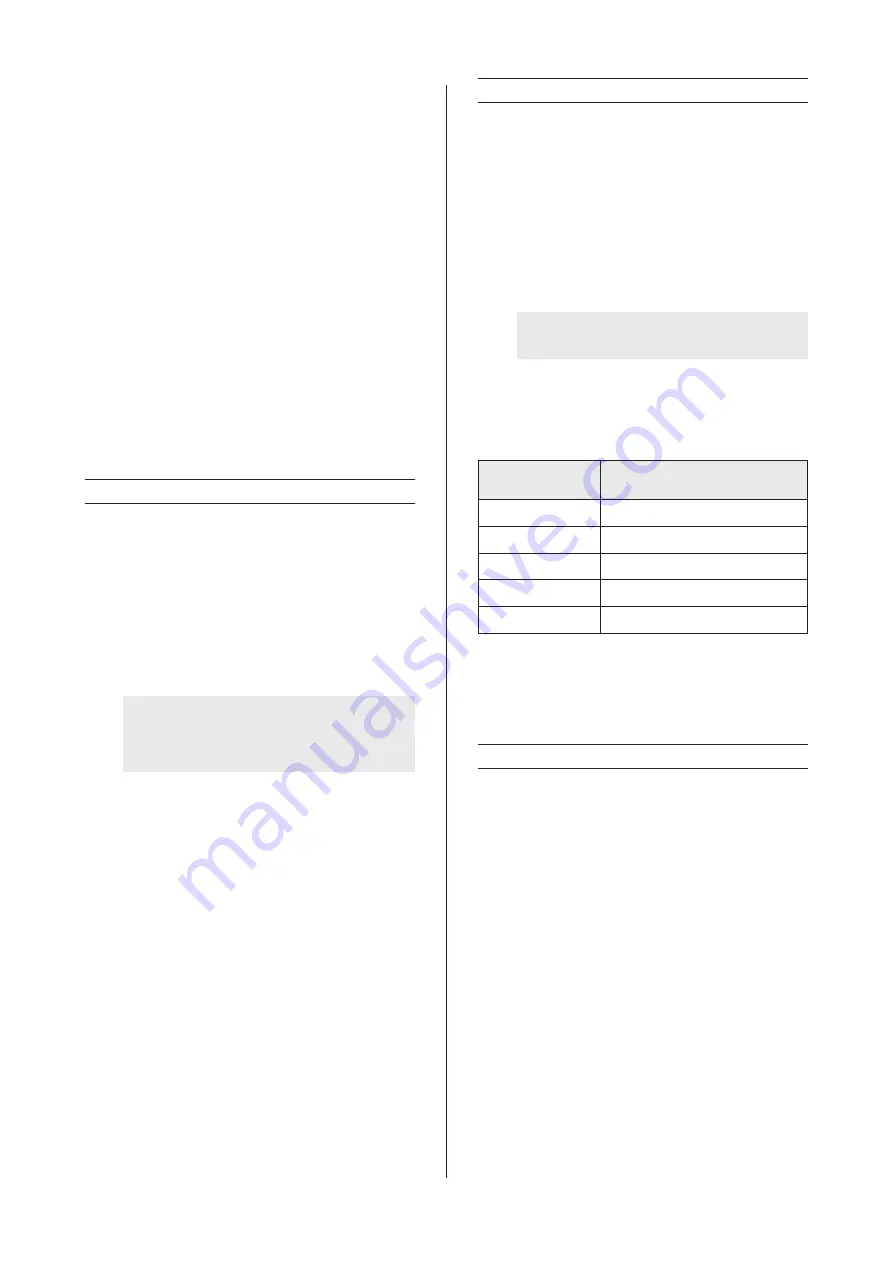
16
Installation:
The fitting plate is fixed into the work surface. It is then
ready to accept, in order:
1. The oil tank;
2. The element, which you pivot on its hinge towards the
bottom, in order to position it in the tank;
3. The basket;
Cleaning before use:
Start to clean the tank, the fryer basket and the heating
element.
− Fill the reservoir with three liters of water and add a
drop of washing-up liquid.
− Bring the water to the boil and keep it boiling for about
10 minutes.
− Carefully take the reservoir out of the deep-frying pan
and pour the water out.
− Rinse the reservoir with clean water.
3 IMPORTANT RECOMMENDATIONS
1. The level to which the bowl is filled must be between
the minimum and maximum marks engraved on the
vertical side wall of the bowl for an optimal result. You
can fill till the maximum mark.
2. The element of the cool zone fryer may not be oper-
ated in the open air: it must
ALWAYS
be submerged
in oil or fat. Consequently, blocks of fat may never
by melted directly on the element.
Warning: if you use solid vegetable or
animal fat, it is vital to melt it in advance
before pouring it into the tank. You thus
avoid burning out the element.
3. If you use fat and not oil in your fryer, it is recommend-
ed that (with the aid of a knife or a fork) you break up
the fat before switching on the fryer. This will prevent
splashes if an air bubble should become trapped.
Proceed carefully in order not to strike the probes
fitted to the heating element.
4. If you use deep-frozen foods or foods containing a
lot of humidity, keep a close eye on your fryer. When
it comes into contact with water, oil boils heavily and
sometimes risks spilling over.
5. Your fryer must be unplugged from the power supply
before any intervention.
Overheat prevention
The safety thermostat is a second temperature measure.
In the event of a problem, it automatically cuts off the
supply of electricity to the fryer. Reconnection is not au-
tomatic. It must be carried out manually by an approved
engineer. He must likewise make a complete change of
the frying bath.
4 HINTS
− The ideal temperature of the fryer is between 140ºC
and 180ºC. Beyond these temperatures, the oil rapidly
deteriorates.
− If you use a temperature which is too low, food surfaces
are not sealed, and fat penetrates.
− It goes without saying that the thicker the pieces to be
cooked the longer they must stay in the frying bath. It
is necessary therefore to select a cooking temperature
which allows the food to be cooked through without
burning the outside.
The temperature which you have chosen is
reached when the red light goes out.
The position of the knob is indicative, according to the
type of food to be cooked. It may vary in relation to the
quantity used, and the personal taste of the consumer.
Thermostat
position
Preparation
140°C
Pommes frites (blanching)
160°C
Chicken legs and wings
170°C
Fritters, fish
180°C
Croquettes
180°C
Pommes frites (frying)
To stop cooking, switch to position
0
.
5 MAINTENANCE
− Clean the fryer after each use.
− Do not use a steam cleaner to clean the appliance.
− Before any maintenance, disconnect the apparatus
and leave it to cool.
− It is necessary to replace the frying oil when it smells
unpleasant or foam.
− It is advisable to replace the frying oil every 8 to 12 uses.
− The fryer can be completely dismantled (proceed in
the reverse order to that for assembly).
The fitted top:
clean it with products intended for stainless steel. If
you want it to stay beautiful, avoid abrasive pads and
detergents.
The cover:
A stainless steel cover completely covers the tank. Clean
it regularly with a damp cloth on which you can spray a
little product intended for the maintenance of stainless
steel. If you want to keep it looking good, avoid abrasive
sponges and detergents. Do not spray cleaning products
directly on the cover above the oil bath!





































